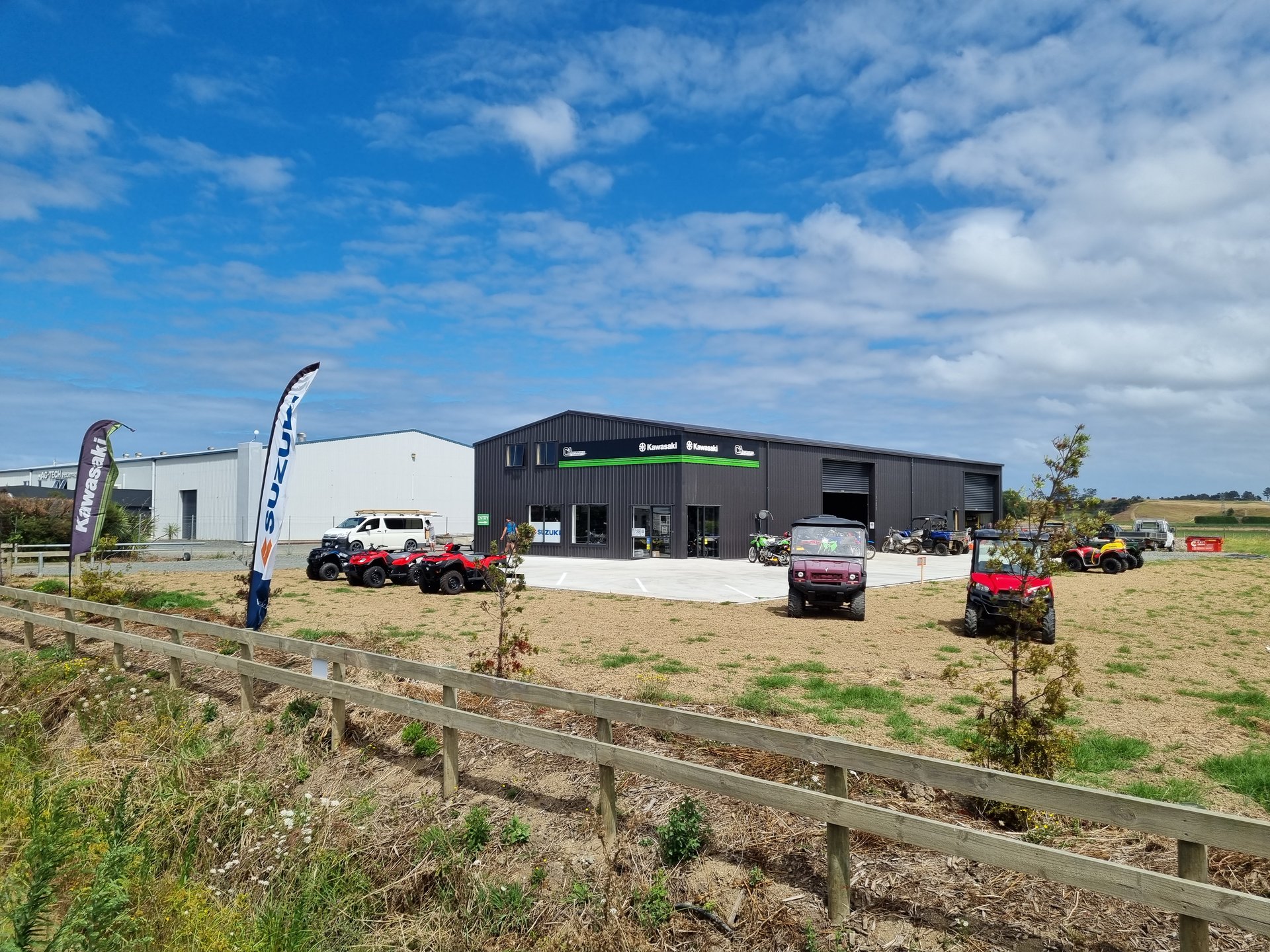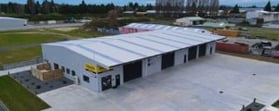
The 5 Step Guide to Building an Industrial Shed
Great businesses are built on strong infrastructure. It’s only when the road washes away or the plumbing stops that we recognise the value of getting the basics right.

Aztech Buildings Industrial Shed
Erecting a building to grow your business is one of the most important, lasting infrastructure projects you’ll undertake. It’s an operations hub that needs to integrate into your business systems and daily life from the start and grow with you.
To help maximise your infrastructure investment, here’s our 5-step checklist to getting your building right, first time.
1. Outline why you need the building. Be specific.
A general answer like ‘storage’ or ‘protection from the elements’ isn’t enough here. A clear objective will help find efficiencies, choose styles, site correctly and build to last in the long-run. Common objectives focus on streamlining loading operations by X% or expanding to house more vehicles or larger class sizes. Many also set multiple or overlapping objectives – like building a workshop, storage space and business front, all rolled into one.
2. Picture how the building will fit into existing systems.
Understanding how a building will integrate into your daily life – on a pretty granular level – will help find efficiencies and avoid problems early on. It helps to break this part down into natural & operational systems.
Natural systems include considerations like prevailing wind, heat, pests and rain. The choices you make in the build process need to take these into account. Prevailing wind will impact who can smell operations, summer heat might require ventilation and a rainwater system could cut down on costs in the long run.
Operational systems cover the processes and assets you’ve built up over time. How will the building fit into the mix of habits, machinery, people and tasks that make up your daily life?
Common questions to ask at this stage might be:
• What direction will you usually approach and exit the building from?
• How could operational health & safety risks be minimised through smart design or features like rubber-matting floors.
• What class of vehicle will use the building Will the turning bays be big enough?
• How long will you spend in the building each day and what facilities should be on site?
These seem like small details, but over time, small details matter. If you use the building 10 times a day, the extra 20 seconds it takes to cover the courtyard from a misplaced door adds around 20 hours of wasted time a year.
3. Choose the material
Generally, this part will come down to one of two choices – timber or steel. Both have their applications, but at Aztech Buildings, we think steel really delivers for our customers on price, quality and build-time. To help choose a style, we revisit the natural & operational systems the building will integrate with. We need to consider everything from the type of machinery that will operate in the space, to the material’s ability to withstand heavy wear and maximise natural light.
4. Do the math
Your infrastructure investment has to deliver a return – either in operational efficiency or capital. Preferably both. A clear business model that takes into account construction costs, expected maintenance, operational savings and associated benefits is a key threshold to cross – it takes the project from a ‘nice to have’ to a business priority. If nothing else, a strong business case will at least keep the bank manager happy.
5. Navigate the regulations
The NZ Building Code isn’t light reading, but it matters. Councils also have varying requirements. Professional help at this step is usually a wise investment. Working with an experienced builder and their planning team can streamline consent processes and save time and money. A good example is siting new builds near boundaries where set-back rules differ by councils, build type and several other factors. For space restricted builds, knowing how to get the best site for the least investment is critical. Building regulations seldom stand still, so having a professional who understands how construction standards are evolving can help you future proof your infrastructure investment.